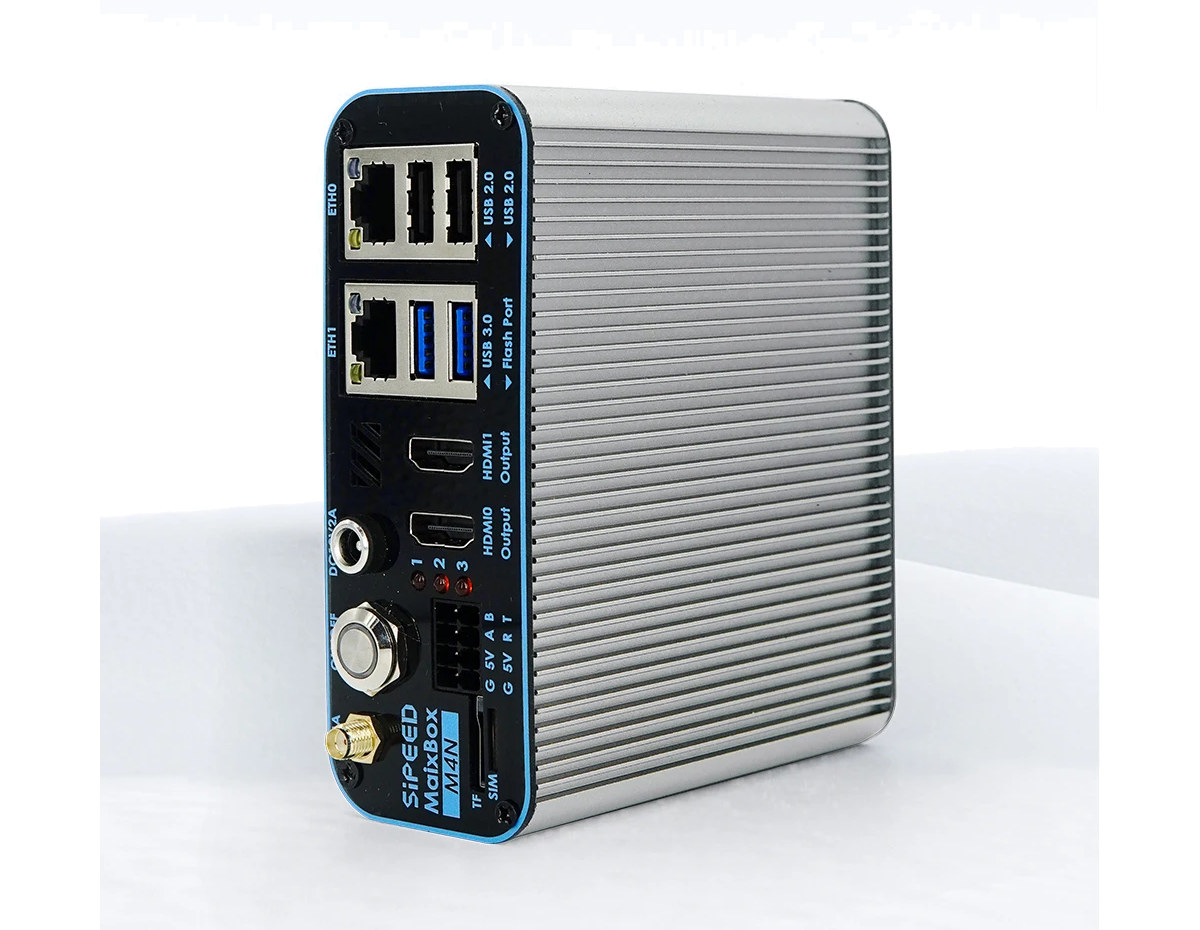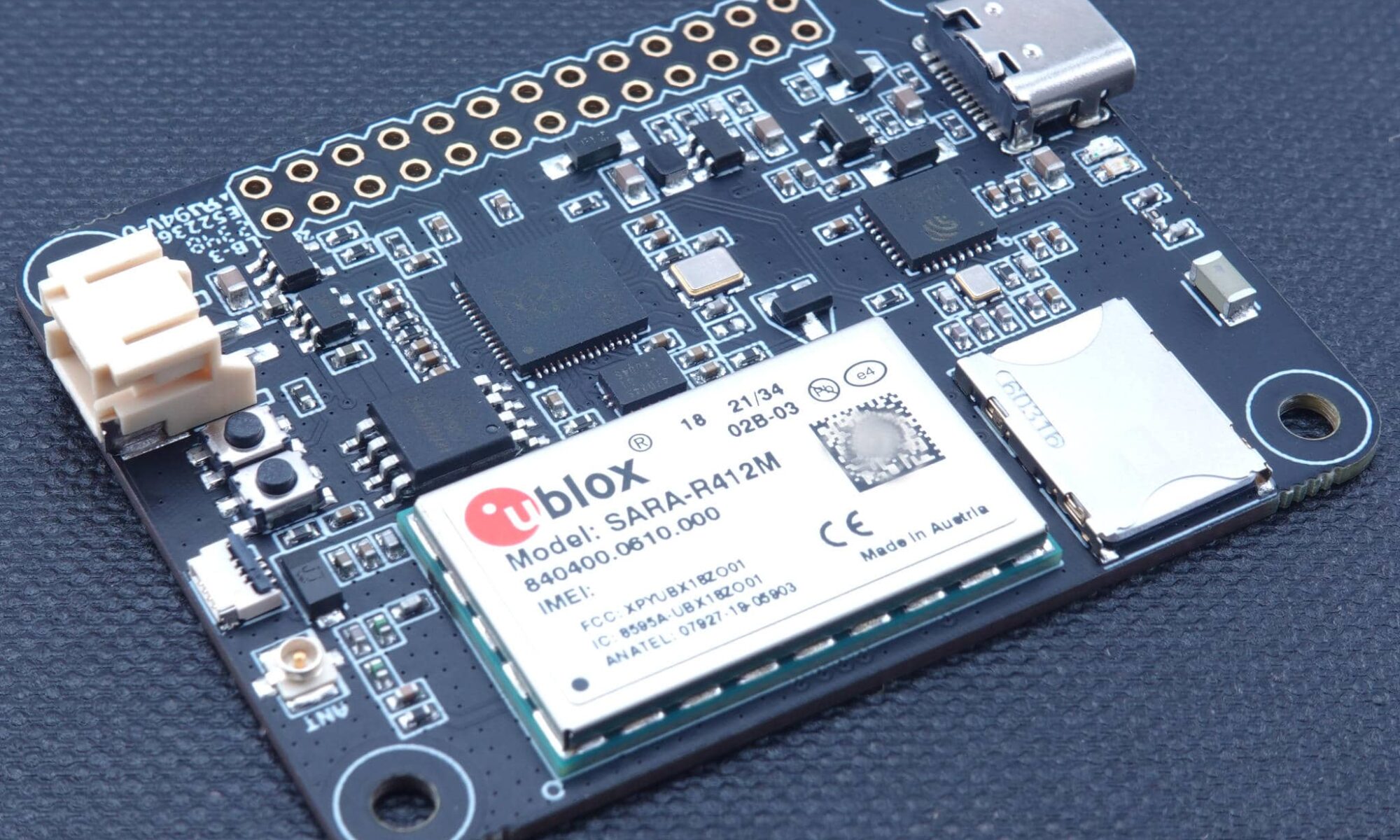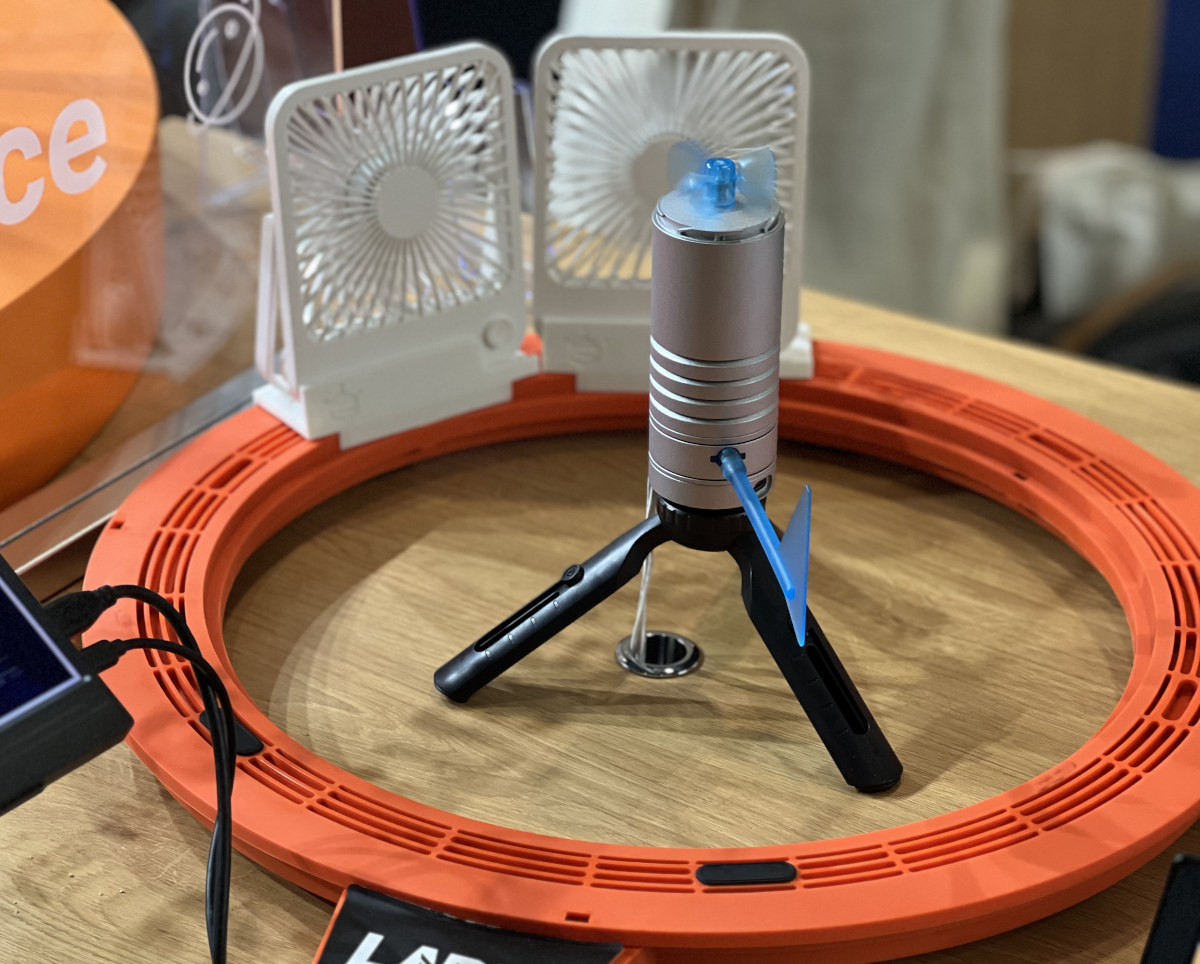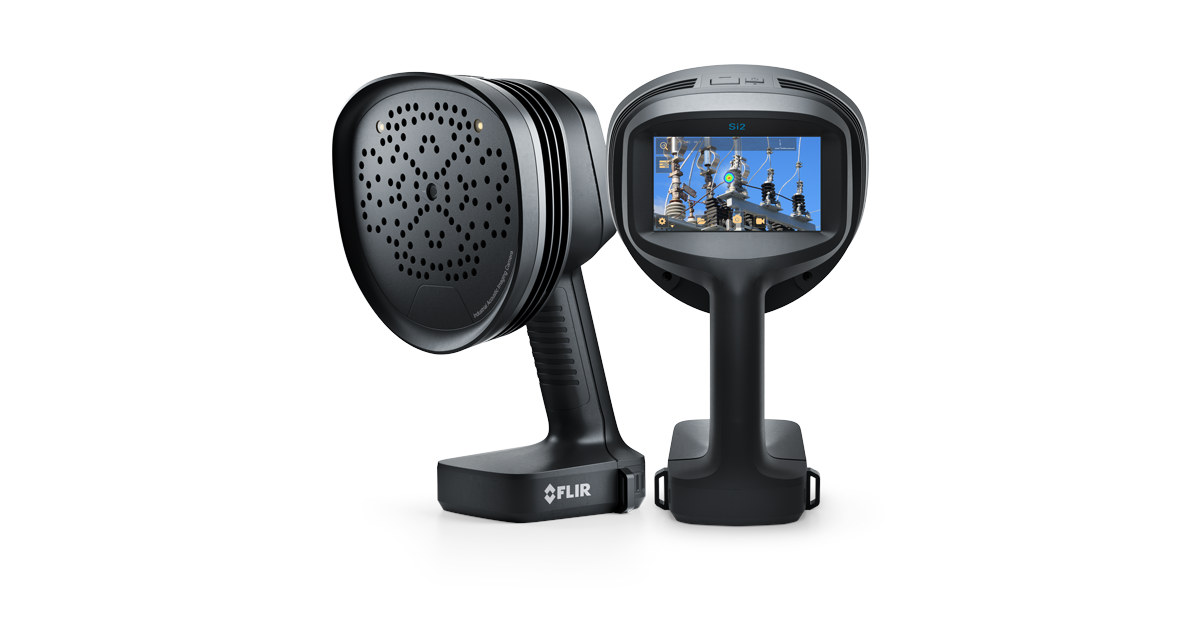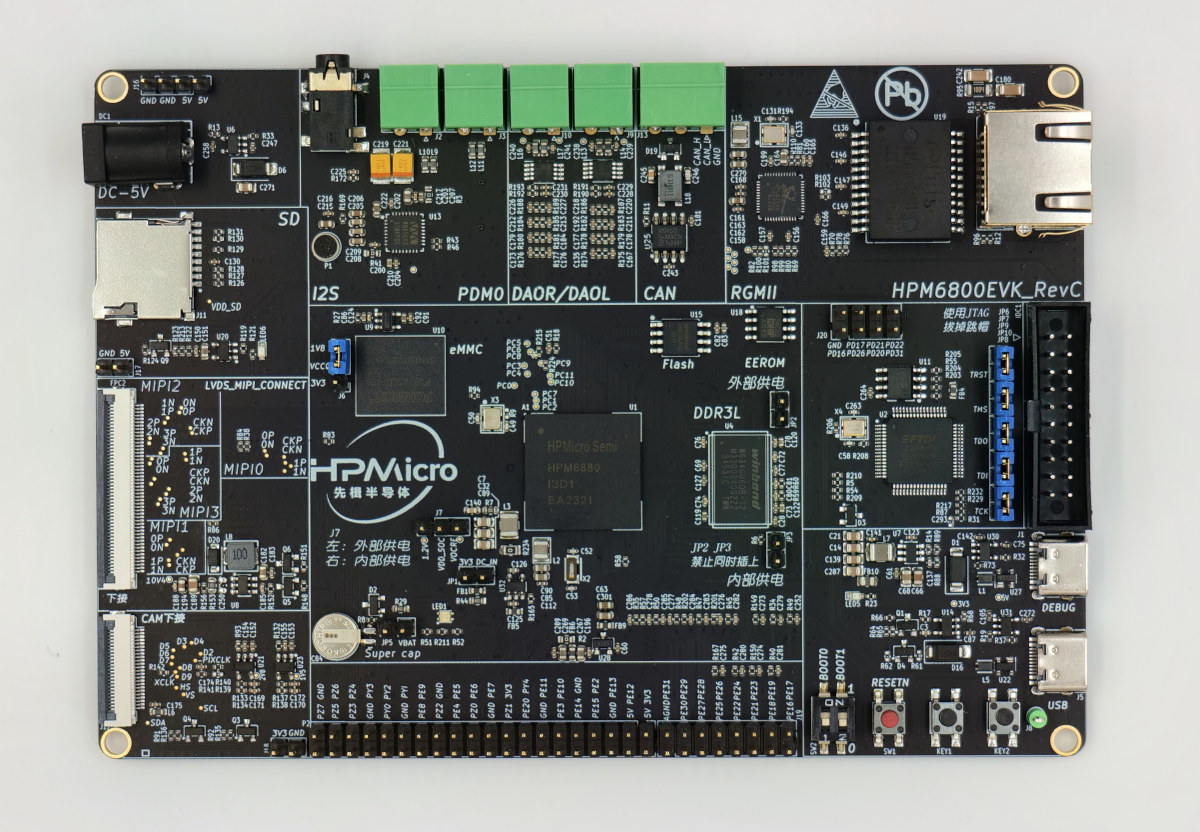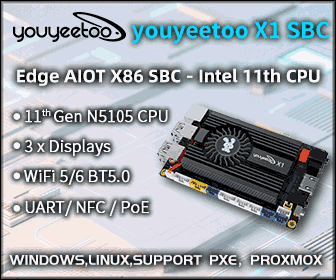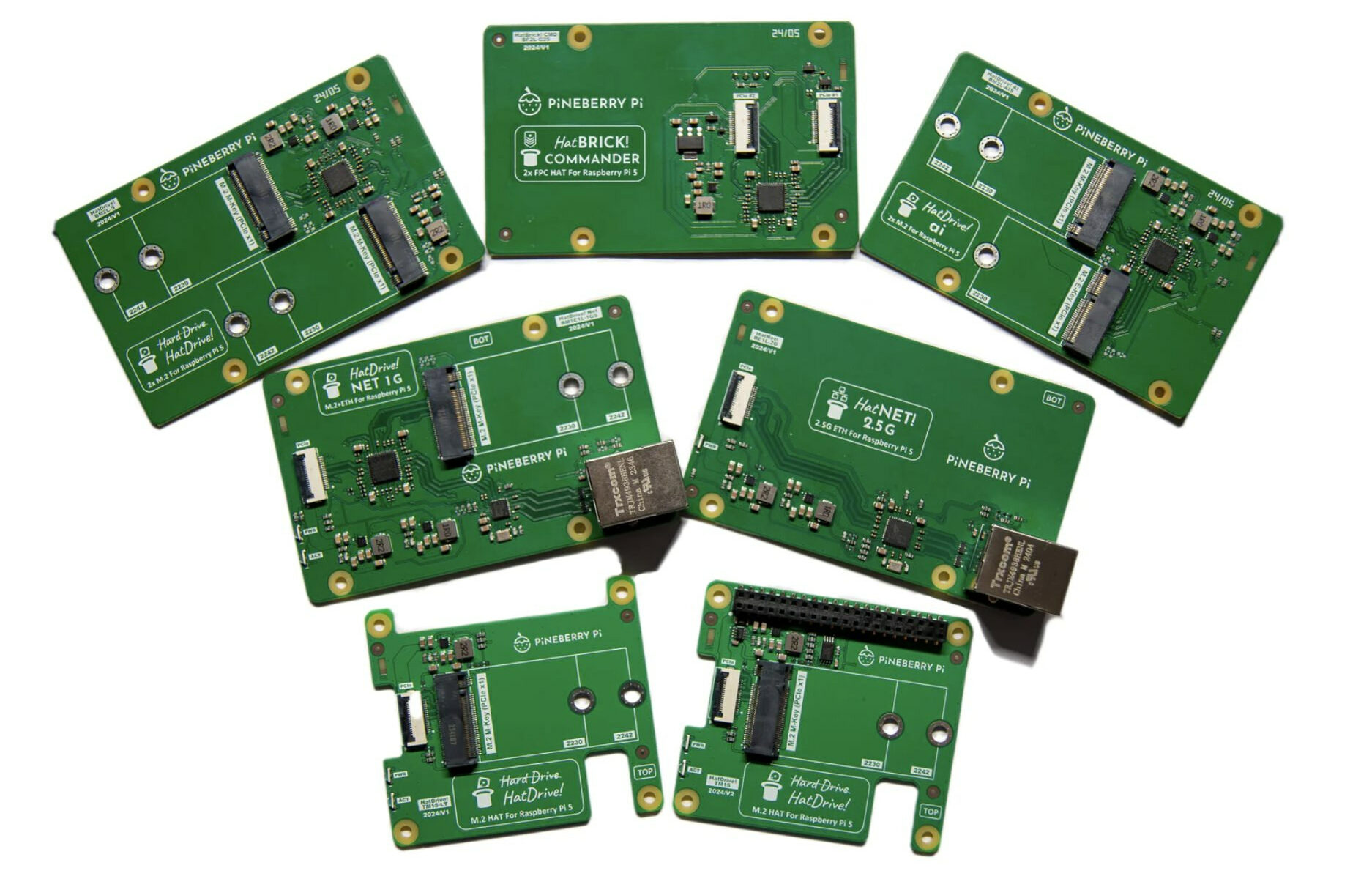Sipeed MaixBox M4N AI Box with 43.2 TOPS AXera AX650N SoC can decode/encode up to 32 videos
Sipeed MaixBox M4N is an AI box for video analytics and computer vision equipped with an AXera-Pi Pro (AX650N) octa-core Cortex-A55 SoC with a 43.2 TOPS (INT4) or 10.8 TOPS (INT8) AI accelerator and an H.265/H2.64 video encoder/decoder supporting up to 32 1080p30 videos. The AI box is based on the Sipeed Maix-IV motherboard, an upgrade to the Maix-III devkit with an AX620A quad-core Cortex-A7 SoC with a 14.4 TOPS AI accelerator (INT4). It comes with 8GB RAM shared for Linux and the AI accelerator, 32GB eMMC flash and an M.2 SATA socket for storage, two HDMI outputs, two gigabit Ethernet ports, optional WiFi or 4G LTE mini PCIe module, a few USB ports, and RS232 and RS485 interfaces. Sipeed MaixBox M4N specifications: SoC – AXera AX650N CPU – Octa-core Arm Cortex-A55 @ 1.7 GHz with NEON support NPU – 43.2 TOPS @ INT4, 10.8 TOPS @ INT8 with support […]


